- News
- Reviews
- Bikes
- Accessories
- Accessories - misc
- Computer mounts
- Bags
- Bar ends
- Bike bags & cases
- Bottle cages
- Bottles
- Cameras
- Car racks
- Child seats
- Computers
- Glasses
- GPS units
- Helmets
- Lights - front
- Lights - rear
- Lights - sets
- Locks
- Mirrors
- Mudguards
- Racks
- Pumps & CO2 inflators
- Puncture kits
- Reflectives
- Smart watches
- Stands and racks
- Trailers
- Clothing
- Components
- Bar tape & grips
- Bottom brackets
- Brake & gear cables
- Brake & STI levers
- Brake pads & spares
- Brakes
- Cassettes & freewheels
- Chains
- Chainsets & chainrings
- Derailleurs - front
- Derailleurs - rear
- Forks
- Gear levers & shifters
- Groupsets
- Handlebars & extensions
- Headsets
- Hubs
- Inner tubes
- Pedals
- Quick releases & skewers
- Saddles
- Seatposts
- Stems
- Wheels
- Tyres
- Health, fitness and nutrition
- Tools and workshop
- Miscellaneous
- Buyers Guides
- Features
- Forum
- Recommends
- Podcast
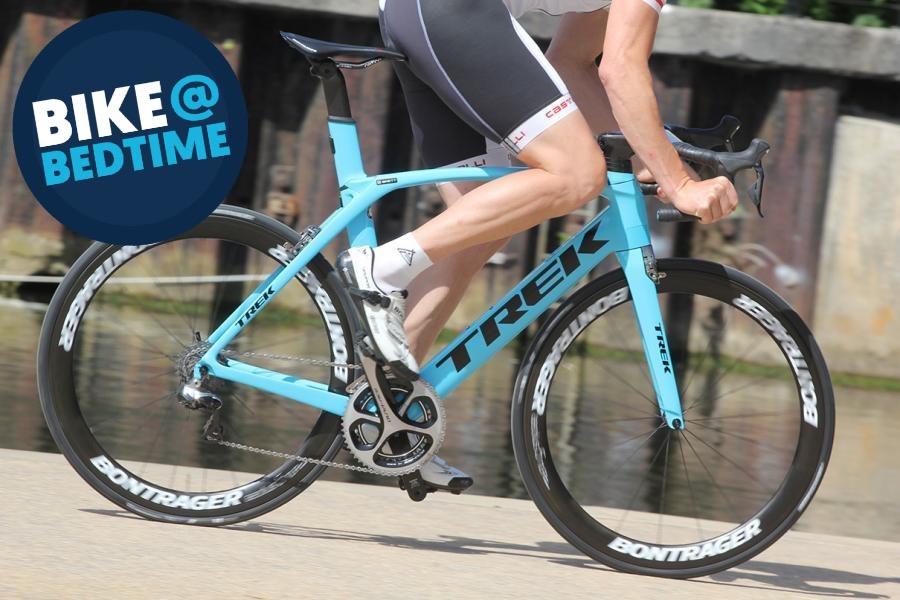 2024 November 22 Bike at Bedtime Trek Madone 9 Series - 1
2024 November 22 Bike at Bedtime Trek Madone 9 Series - 1Remembering the Trek Madone 9 Series road bike: a bit odd... but very cool
Although it was one of the most innovative bikes out there when it was released just eight years ago, the Trek Madone 9 Series looks like it’s from an entirely different era, such has been the rate of change in the road bike world since then. Let’s take a look back at some of its innovative features.
Of course, the biggest development since Trek introduced this top-level model has been the widespread adoption of disc brakes in the road market. There were disc-equipped road bikes well before this, of course, but the UCI first trialled the tech in road racing in late 2015. It wasn’t until 2018 that disc brakes were permanently approved by cycle sport’s world governing body.
Released in mid-2015, the Trek Madone 9 Series was still using rim brakes although the engineers had taken an innovative approach. Rather than using standard dual calliper brakes from Shimano or SRAM, Trek developed its own Bontrager design, the idea being to improve aerodynamics.
Essentially, Trek went aero-crazy with the 9 Series. The frame tubes, fork legs and seatmast were made to Kammtail profiles (Trek calls its profiles Kammtail Virtual Foil, or KVF). In other words, Trek designed them to slip through the air with as little drag as possible, then chopped the back of those profiles square to retain most of the aero performance while saving weight, avoiding handling issues in crosswinds, and remaining within the UCI's bike design rules. Most other brands do something similar.
Trek’s approach involved integrating the front brake into the design of the frame and fork. It cut away the fork crown and fitted a proprietary centre-pull front brake into the space. The top of the front calliper was hidden within the head tube and the cable was fully internal to reduce drag.
However, there wasn’t enough space in the head tube for the calliper to move when the fork was turned so Trek developed what it called 'Vector Wings' – little flaps that flipped out as you turned, allowing the movement. When you straightened the handlebar, the brake calliper moved back to its forward-facing position and springs closed the Vector Wings. It was certainly an unusual approach to avoid disrupting airflow.
The rear brake was in a traditional position at the top of the seatstays, but like the front brake, it was a centre-pull design, the cable passing through the top tube with a stop at the seat tube.
The new handlebar/stem combo hid the cables completely – which was much more unusual than it is today – and Trek incorporated what it called a ‘Control Center’ in the down tube. This housed either a barrel adjuster for the front mech of a mechanical setup or the battery and junction box of a Shimano Di2 electronic shift system. Previously, the junction box was usually (not always) hung under the stem, and it was a bit untidy – both aesthetically and aerodynamically. Trek’s solution was really neat.
Trek also took the IsoSpeed technology that it had developed for the Domane and incorporated it into the Madone for the first time. IsoSpeed has developed over the years but the idea has always been to provide extra comfort and control.
For the Madone 9 Series, Trek used an outer seat tube that was shaped for aerodynamics, but within that, there was a much skinnier round inner seat tube. It was bonded to the outer just above the bottom bracket and linked to the rest of the frame via a pivot up at the seat cluster. The inner seat tube could flex easily, allowing movement at the seatmast and saddle as you rode.
It worked, too, smoothing over the lumps and bumps to an appreciable degree. The effect was subtle but noticeable.
Although Trek still uses IsoSpeed in its Domane range, the latest Madone SLR and SL models feature the brand’s IsoFlow design instead – an interrupted seat tube design that’s said to flex over bumps for a smoother ride, while improving aerodynamics and reducing weight compared with IsoSpeed.=
Naturally, Trek says that its latest Madone SLR is its “fastest road race bike ever” but we still have a secret longing for the 9 Series. Yes, it was a little heavier than the opposition thanks to the IsoSpeed. Yes, those Vector wings were a bit weird… to say the least. Yes, today’s disc brakes wipe the floor with rim brakes of old. We just wish that every new bike brought as many interesting features to the table as the Trek Madone 9 Series did.
Mat has been in cycling media since 1996, on titles including BikeRadar, Total Bike, Total Mountain Bike, What Mountain Bike and Mountain Biking UK, and he has been editor of 220 Triathlon and Cycling Plus. Mat has been road.cc technical editor for over a decade, testing bikes, fettling the latest kit, and trying out the most up-to-the-minute clothing. He has won his category in Ironman UK 70.3 and finished on the podium in both marathons he has run. Mat is a Cambridge graduate who did a post-grad in magazine journalism, and he is a winner of the Cycling Media Award for Specialist Online Writer. Now over 50, he's riding road and gravel bikes most days for fun and fitness rather than training for competitions.
Latest Comments
- Krislord 19 min 38 sec ago
I've been really happy with my Rapha cycling stuff - mainly the cheaper end as core is more than sufficient. The colours recently have been very...
- David9694 21 min 23 sec ago
Frame built by my own fair hand, heavily supervised, at the former Downland Cycles a few years ago. Cobalt blue by Argos. ...
- NOtotheEU 30 min 29 sec ago
You can also check if it's insured but it's not exactly legal if you aren't the owner of the car. I always check the tax/MOT to include in a report...
- check12 34 min 19 sec ago
when 3D arione plz
- mattw 54 min 4 sec ago
So - to something like a photog's mini reflector. I do enjoy working out the detail of what will be the best solution.
- john_smith 2 hours 23 min ago
I think the mass of the car can be treated as infinite, in the sense that the velocity of the car is not going to change much at all on impact....
- mattw 3 hours 12 min ago
Signs installed by Devizes Town Council. AFAIK they are not the Local Highways Authority, and have no authority to install such signs.
- jaymack 3 hours 24 min ago
Tom Allen? Please tell me you don't mean the comedian.
- David9694 6 hours 30 min ago
A flame thrower dog robot is something every cyclist needs.
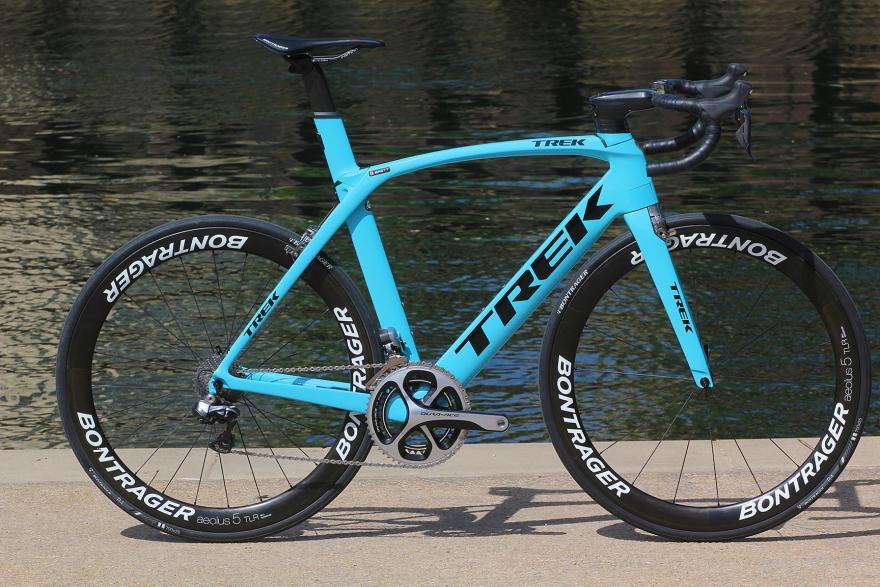
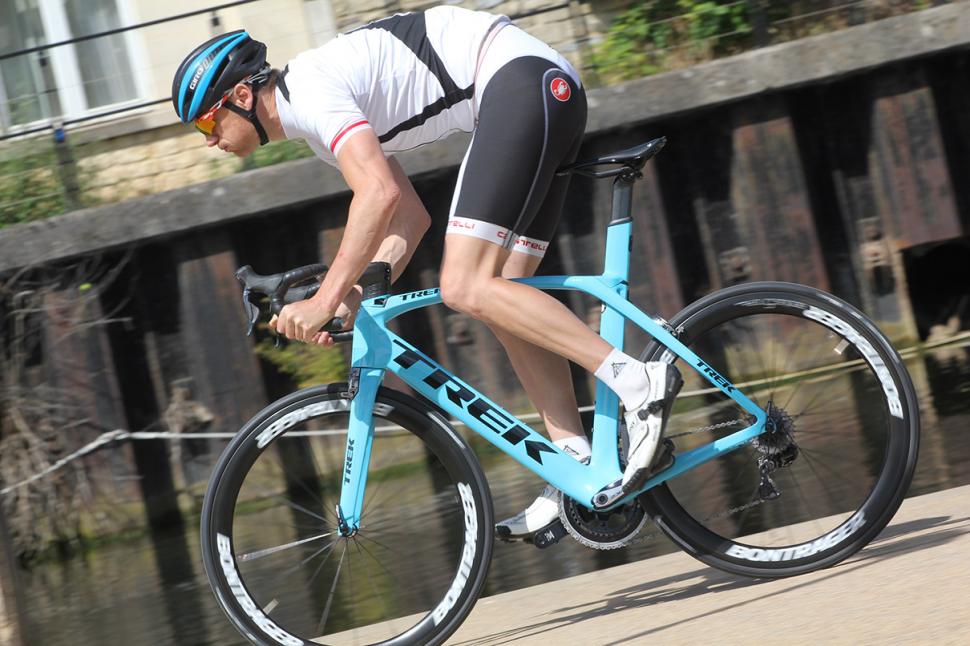
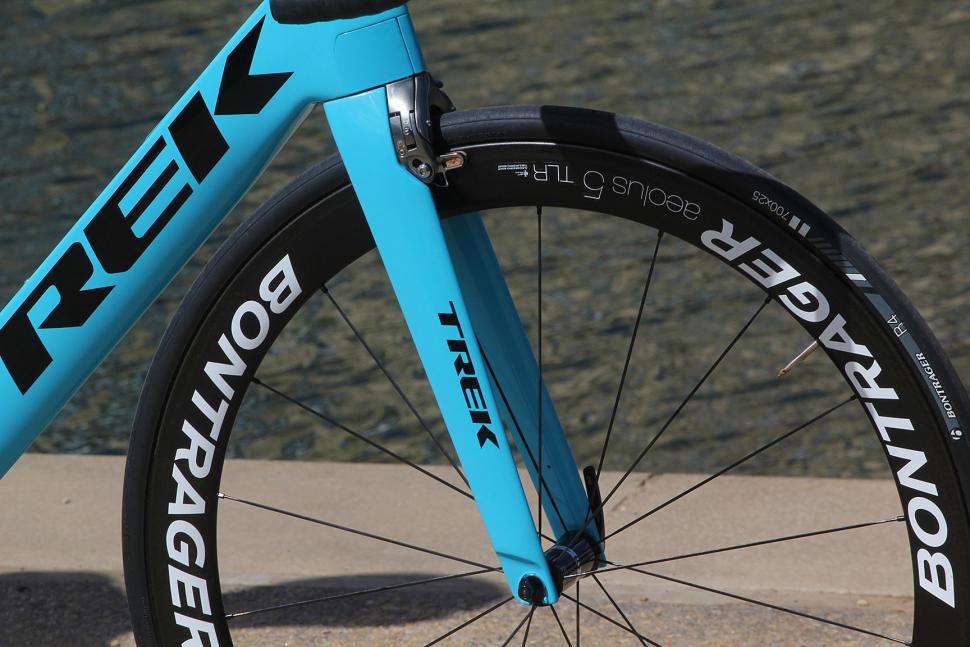
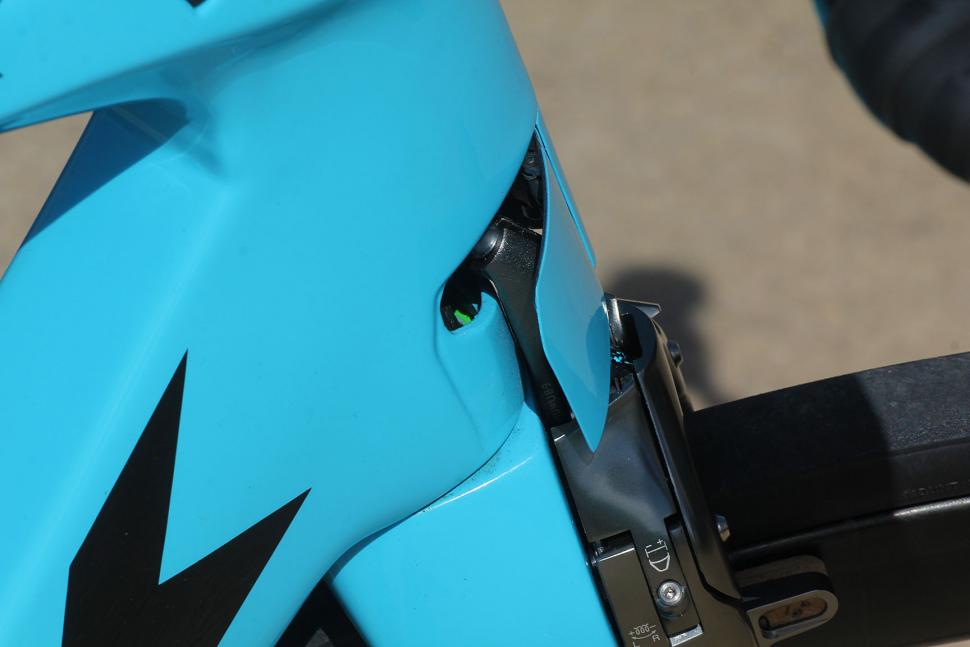

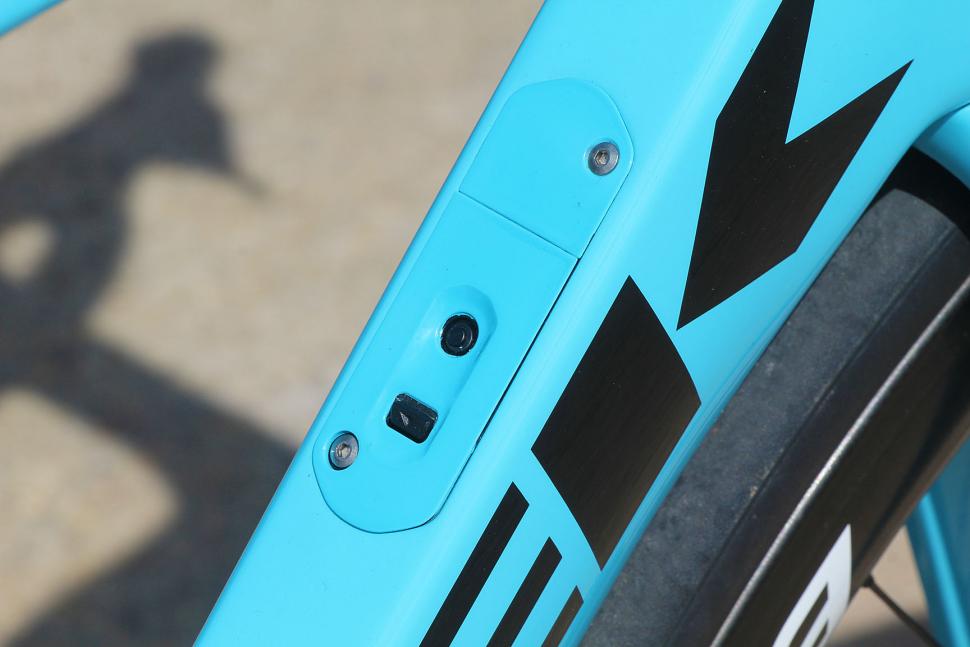
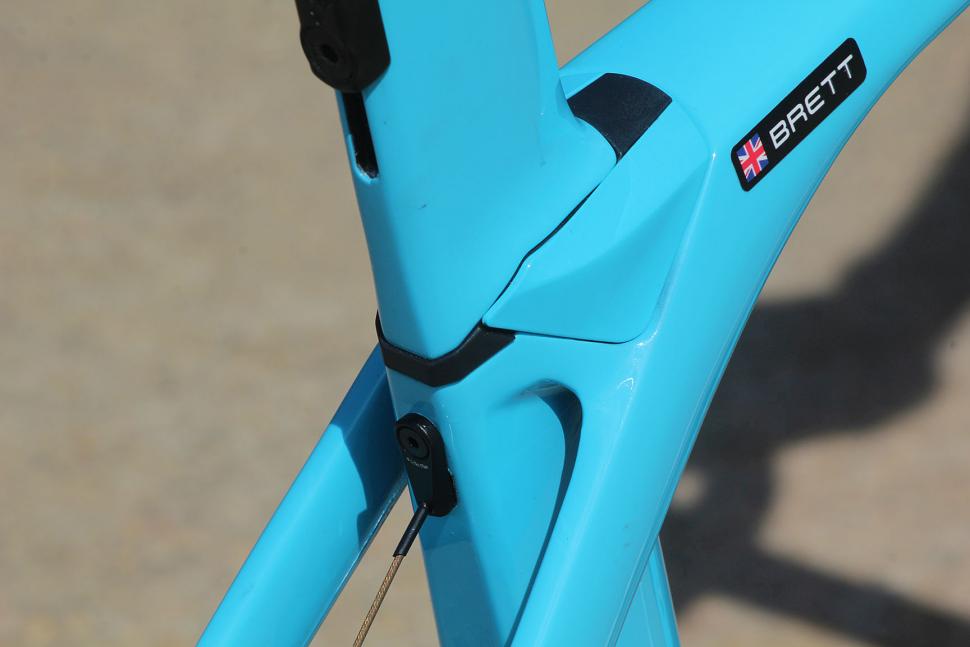
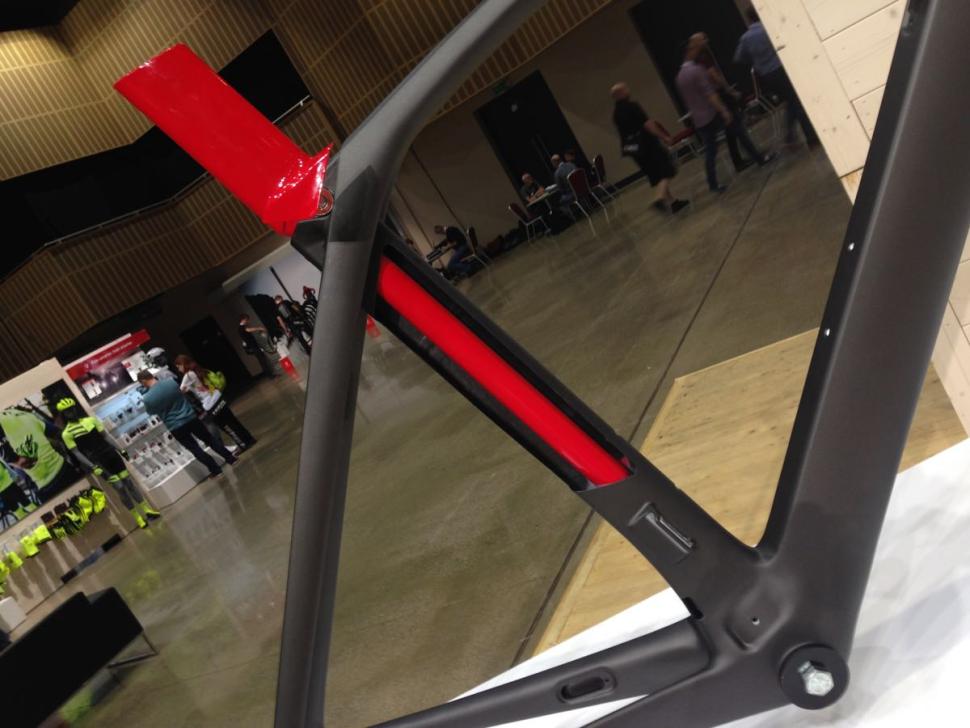

Add new comment
1 comments
I have a Madone 9 series SLR (the disc one from 2019). I still thing it's one of the best looking bikes ever made, despite the shouty downtube graphics. Plus it rides like a dream.
They also did one of the niceest paint jobs on the 9 series when Pedersen won the worlds.